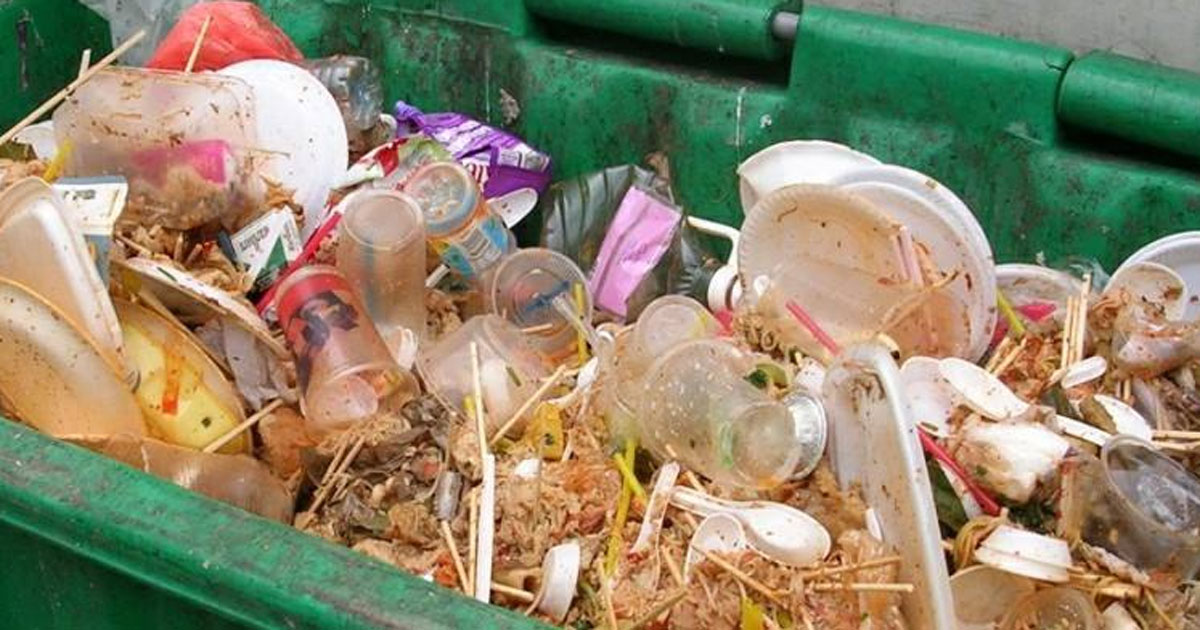People in Singapore generated an extra 1.33 million kilogrammes of plastic waste as a result of takeaway and delivery meals this two-month circuit breaker period, a local survey found.
Findings of the online survey, released on June 5, tried to find out how much additional waste was created.
The study was led by six alumni students from the National University of Singapore’s Master of Science (Environmental Management) programme and carried out between May 17 and 25
It was done at a time when bring-your-own-container initiatives ceased due to the Covid-19 pandemic.
Single-use plastics usage has spiked due to increase in food deliveries in the midst of the circuit breaker in April and May, and the heightened concern for hygiene.
What survey found
Some 1,110 respondents answered mostly multiple-choice questions about how often they ordered meals from delivery platforms and whether they opt for disposable cutlery when ordering.
Those aged 20 to 29 formed the largest group of respondents, making up 32 per cent of the total.
Those aged 30 to 39 formed 28 per cent.
And those between 40 and 49 years old formed 19 per cent.
Extra waste generated based on survey responses
However, the basis of the waste calculation rested on the memory of the respondents.
Respondents were asked to indicate how many times each week they bought takeaway and delivery meals for their households.
They had to recall how much for both before and during the circuit breaker period, and then the number crunching exercise was to calculate the amount of extra plastic waste generated during the circuit breaker period from April 7 to June 1.
This means that the total weight of disposable cutlery and containers generated was calculated based on the respondents' answers.
The weight of each container was assumed to be 25g, and the weight of one cutlery set was assumed to be 10g.
After finding out the average weight of waste generated per household per week, the answer was then multiplied by the total number of resident households in Singapore and then by eight, as the circuit breaker lasted eight weeks.
This was how the 1.33 million kg, or 1,334 tonnes figure, was derived.
The study also found that among those who already bought groceries more frequently, they bought much more during the circuit breaker.
Before the circuit breaker, 69 respondents aged 29 and younger made online purchases for their households an average of 17 times each week.
During the circuit breaker, they made 115 orders each week, representing a sevenfold increase.
Curbing plastic use
The survey team has proposed ways to curb plastic use.
For example, food delivery businesses can set “no cutlery” as a default option, and allow patrons to limit searches to environment-friendly takeaway options, such as paper-based packaging.
The team will also share survey recommendations with the National Environment Agency and food delivery businesses, to inform policy-making and business decisions.
Top photo via SG Food Rescue Facebook
If you like what you read, follow us on Facebook, Instagram, Twitter and Telegram to get the latest updates.
